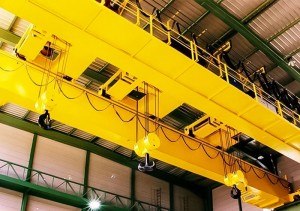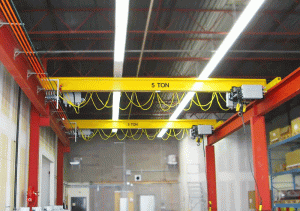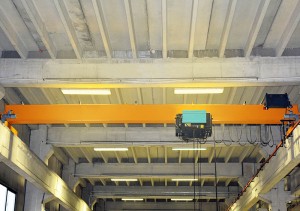
Factory Top Running Bridge Crane on Sale
Product Details and Features
No restricted capacity:This allows it to handle both small and large loads.
Increased lifting height:Mounting on top of each track beam increases lifting height, which is beneficial in buildings with limited headroom.
Easy installation:Since the top running overhead crane is supported by the track beams, the hanging load factor is eliminated, making installation simple.
Less maintenance: Over time, a top running bridge crane does not require much maintenance, other than regular checks to ensure the tracks are properly aligned and if there are any issues.
Long travel distance: Due to their top-mounted rail system, these cranes can travel over a longer distance compared to underhung cranes.
Versatile: Top running cranes can be customized to meet different requirements, such as higher lifting heights, multiple hoists, and advanced control systems.
Application
Here are some common applications for top running cranes:
Warehousing: Moving large, heavy products to and from docks and loading areas.
Assembly: Moving products through the production process.
Transportation: Loading railcars and trailers with finished cargo.
Storage: Transporting and organizing bulky loads.







Product Process
Mounting the crane trolley on top of the bridge beams also provides benefits from a maintenance perspective, facilitating easier access and repairs. The top running single girder crane sits on top of the bridge beams, so maintenance workers can perform necessary activities on site as long as there is a walkway or other means of access to the space.
In some cases, mounting the trolley on top of the bridge beams can restrict movement throughout the space. For example, if the roof of a facility is sloped and the bridge is located near the ceiling, the distance that the top running single girder crane can reach from the intersection of the ceiling and the wall may be limited, limiting the area that the crane can cover within the overall facility space.
















